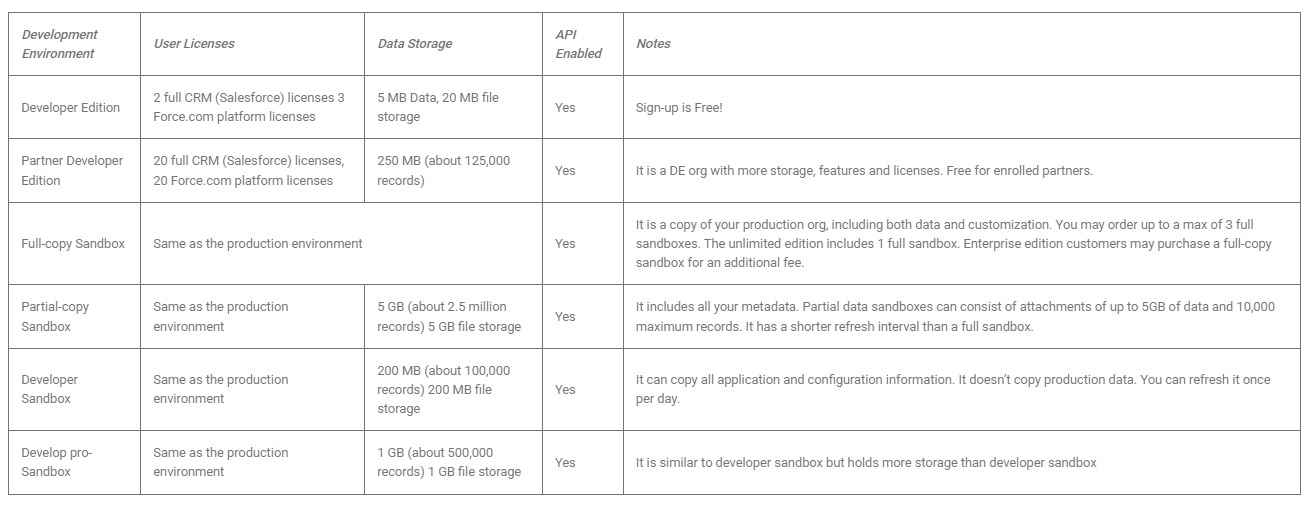What is Salesforce and CRM basics
 Harsh Said
Harsh SaidWhat is CRM:
CRM is knows as Customer Relationship Management. Often when we hear CRM first time we get confuse whether it is a programming language but no it not. CRM is a process or methodology to learn more about the customer’s needs and behaviour in order to help them through new solutions which will eventually build a stronger relationship with them.
CRM allows users to manage relationships with their customers and track data related to all of their interactions. It helps teams to gather insights from social media, track important metrics and communicate via email, phone, social and other channels
The more useful way to think about CRM is as a process that will help bring together lots of pieces of information about customers, sales, marketing effectiveness, responsiveness, and market trends.
What is salesforce.com
A global web-based application and cloud computing company best known for its Customer Relationship Management (CRM) product. They specialize in Software-as-a-Service (SaaS) to help users handle all of their business needs.
Salesforce is a customer success platform, designed to help users to sell, provide services, market products and services, analyze data, and connect with their customers.
Salesforce has everything required to run a business from anywhere. Using standard products like sales cloud, service cloud etc which we will see further. Users can manage relationships with customers, collaborate and engage with employees and partners, and store their data securely in the different data centers of the cloud.
Salesforce is not only limited to this pre-built product it is much more than that. Salesforce allow us to build new products customize their existing product.
Key Components of Salesforce Architecture
- Force.com
Multi-tenant Architecture: This core component allows Salesforce to efficiently serve multiple customers on a single infrastructure.
>Platform: Developers can build custom applications and integrations on top of the Force.com platform.
>API: All apps sit on top of the platform. Salesforce prebuilt offerings like Sales Cloud and Marketing Cloud, along with apps you build using the platform.
>
Database:
User Interface:
AppExchange:
Integration:
Types of Salesforce Apps
Here are some example of salesforce pre-built apps
Sales Cloud
Service Cloud
Marketing Cloud
Commerce Cloud
Experience Cloud
Health Cloud
Financial Service Cloud
Education Cloud
Salesforce Environment
Salesforce environments are the unique spaces within the Salesforce Platform where you can build, test, and deploy applications. The salesforce environment plays an important role they ensure that the changes and customization done by developer are not affected the production deployed application. The environment concept is similar to what we do in actual development of for example developing a backend of an bookmyshow.
Production Environment: Salesforce production environment is a live environment where the actual application is running the user can interact with software and access the business critical data.
Development Environment: Development environment is a separate environment it is a separate space where developer can develop the application and this will not affect the on prod things. We do have sandbox development environment in salesforce which we will see further.
What is Sandbox
A sandbox is a separate, isolated instance of your Salesforce organization that mirrors your production environment. It is primarily used for development, testing, and training purposes. To create a sandbox, Salesforce requires a production organization as a source to replicate data and configuration. That means you cannot have a sandbox if you don’t have a production environment.
There are various types of sandbox in salesforce which can be created as per the developer need’s.
Here is a detail overview:

Subscribe to my newsletter
Read articles from Harsh Said directly inside your inbox. Subscribe to the newsletter, and don't miss out.
Written by
